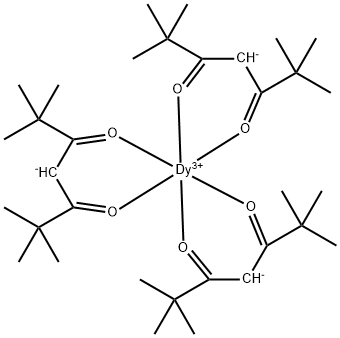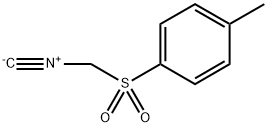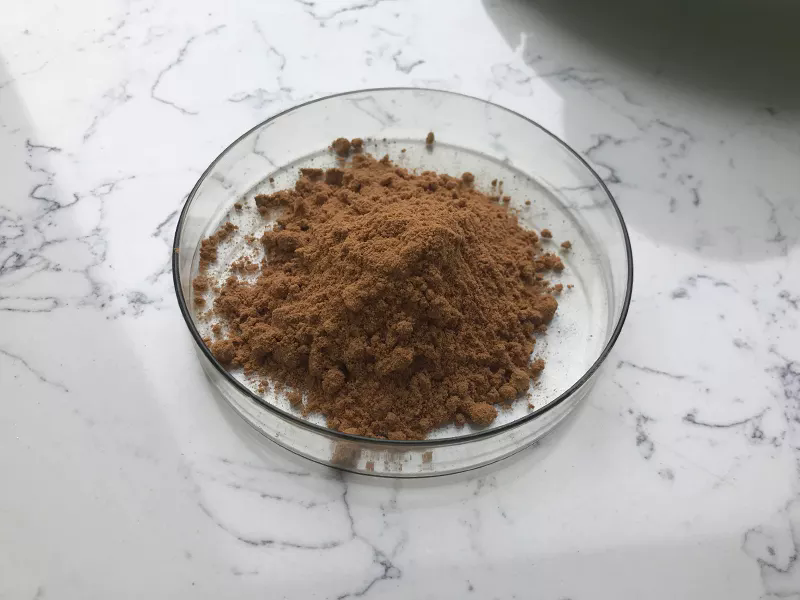Xanthine Oxidase
Synonym(s):Xanthine Oxidase, Buttermilk;Xanthine:oxygen oxidoreductase;XOD
- CAS NO.:9002-17-9
- Empirical Formula: N/A
- Molecular Weight: 0
- MDL number: MFCD00082145
- EINECS: 232-657-6
- SAFETY DATA SHEET (SDS)
- Update Date: 2024-01-10 18:10:36
What is Xanthine Oxidase?
Description
An enzyme that is closely related to aldehyde oxidase (EC 1.2.3.1). Both are metalloflavoproteins of about 300,000 daltons. They consist of two subunits of equal size and contain molybdenum, FAD, and iron (as Fe/S) in a ratio of 1:1:4 per subunit. These enzymes are widely distributed and catalyze a reaction in which the substrate is hydroxylated by an oxygen atom derived from water and electrons from the substrate are transferred to a variety of acceptors. These two enzymes have a broad overlapping substrate specificity including many purines, pyrimidines, and pteridines. However, xanthine, the best known substrate for xanthine oxidase, is not a substrate for aldehyde oxidase whereas the reverse is true for quaternary pyridinium compounds, such as N0 -methylnicotinamide. The role of oxygen as an electron acceptor with its production of hydrogen peroxide and the intermediate superoxide anion (both potential toxicants) may not be important in vivo since there is evidence that these enzymes are NAD-dependent dehydrogenases in vivo and become oxidases as a result of modification during purification. However, they are probably important in two types of detoxication. The first of these is the hydroxylation of exogenous aldehydes, purines, pyrimidines and other heterocyclic compounds, and the second involves the utilization of exogenous compounds as electron acceptors. Examples of the latter include the conversion of organic nitro compounds to hydroxyamino derivatives and the reduction of N-oxides to the free base.
The Uses of Xanthine Oxidase
Biochemical research
Properties of Xanthine Oxidase
| storage temp. | 2-8°C |
| form | powder |
| color | brown |
Safety information for Xanthine Oxidase
| Signal word | Danger |
| Pictogram(s) |
 Health Hazard GHS08 |
| GHS Hazard Statements |
H334:Sensitisation, respiratory |
| Precautionary Statement Codes |
P261:Avoid breathing dust/fume/gas/mist/vapours/spray. P284:Wear respiratory protection. P501:Dispose of contents/container to..… |
Computed Descriptors for Xanthine Oxidase
Abamectin manufacturer
Meteoric Biopharmaceuticals Pvt. Ltd.
New Products
3-N-BOC-(S)-AMINO BUTYRONITRILE 4-Piperidinopiperidine 2-Methyl-4-nitrobenzoic acid 2-(4-bromophenyl)-2-methylpropanoic acid 4-Acetyl-2-methylbenzoicacid Acetyl-meldrum's acid Ethyl-4-Pyrazole carboxylate 2,6 Di acetylpyridine 2,6-Pyridinedimethanol 5,7-Dichloro-3H-Imidazo[4,5-B]Pyridine 5-Bromo-2-Methoxy-4-Methyl-3-Nitropyridine 2-Fluoro-5-Iodopyridine 2-Fluoro-5-Methylpyridine 2-Chloro-3-Bromo-5-Amiopyridine METHYL-4-(BUTYRYLAMINO)3-METHYL-5-NITROBENZOATE TRANS-CYCLOBUTANE-1,2- DICARBOXYLIC ACID 5-Nitro indazole R-(-)-5-(2-AMINO-PROPYL)-2-METHOXY-BENZENESULFONAMIDE 1,3-cyclohexanedione 4-Aminophenaethylalchol (S)-(+)-4-BENZYL-2-OXAZOLIDINONE 3-NITRO-5-ACETYL IMINODIBENZYL 1-HYDROXY-4-METHYL6-(2,4,4-TRI METHYL PHENYL)-2-PYRIDONE MONO ETHANOL AMINE(PIROCTONE OLAMINE) 4-FLUORO PHENYL MAGNESIUM BROMIDE 1.0 M IN THFRelated products of tetrahydrofuran








You may like
-
 9002-17-9 Xanthine oxidase 98%View Details
9002-17-9 Xanthine oxidase 98%View Details
9002-17-9 -
 2,3 Dichloro-4-Hydroxy Aniline 39183-17-0 99%View Details
2,3 Dichloro-4-Hydroxy Aniline 39183-17-0 99%View Details
39183-17-0 -
 17673-56-2 99%View Details
17673-56-2 99%View Details
17673-56-2 -
 13463-67-7 Titanium Dioxide 99%View Details
13463-67-7 Titanium Dioxide 99%View Details
13463-67-7 -
 143-07-7 99%View Details
143-07-7 99%View Details
143-07-7 -
 Ethanolamine 141-43-5 99%View Details
Ethanolamine 141-43-5 99%View Details
141-43-5 -
 616-47-7 99%View Details
616-47-7 99%View Details
616-47-7 -
 20776-67-4 99%View Details
20776-67-4 99%View Details
20776-67-4